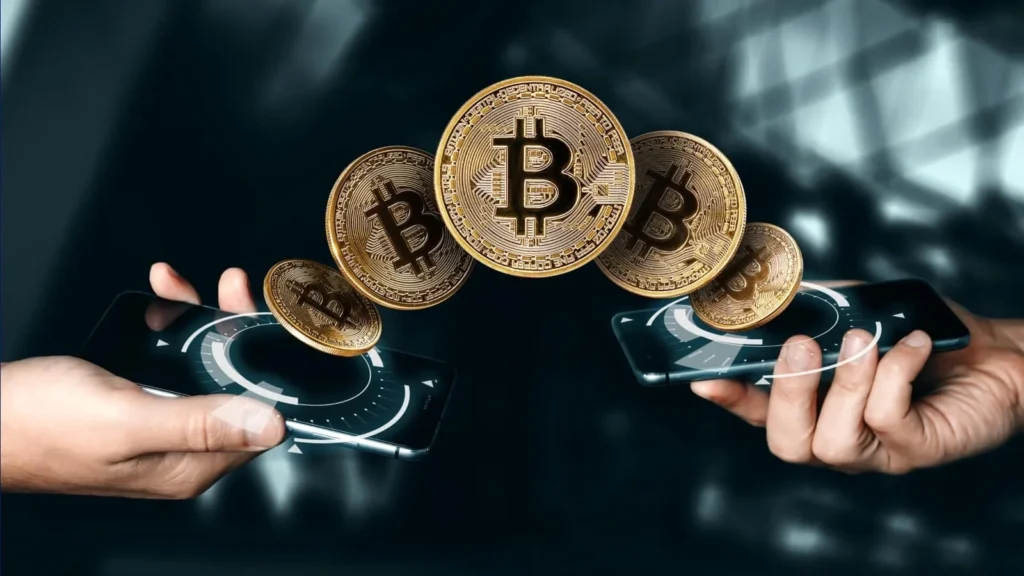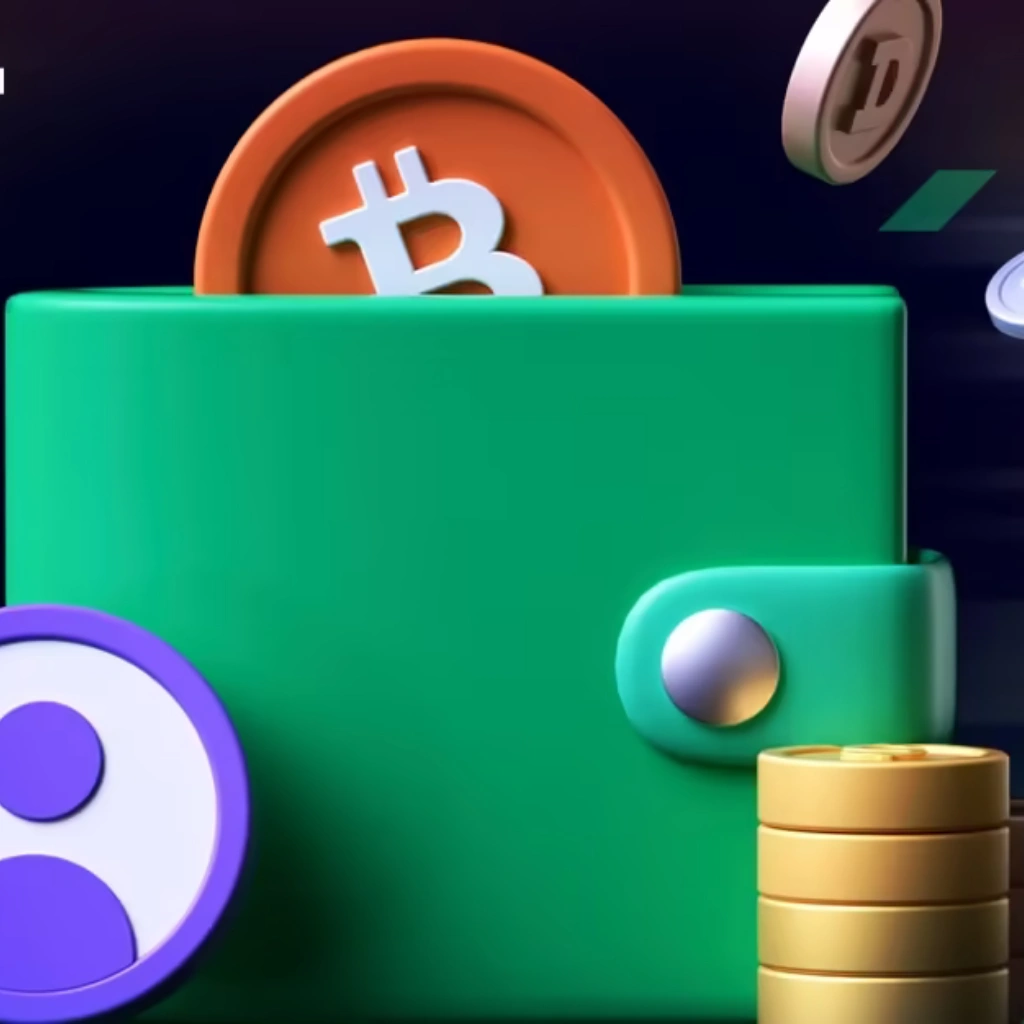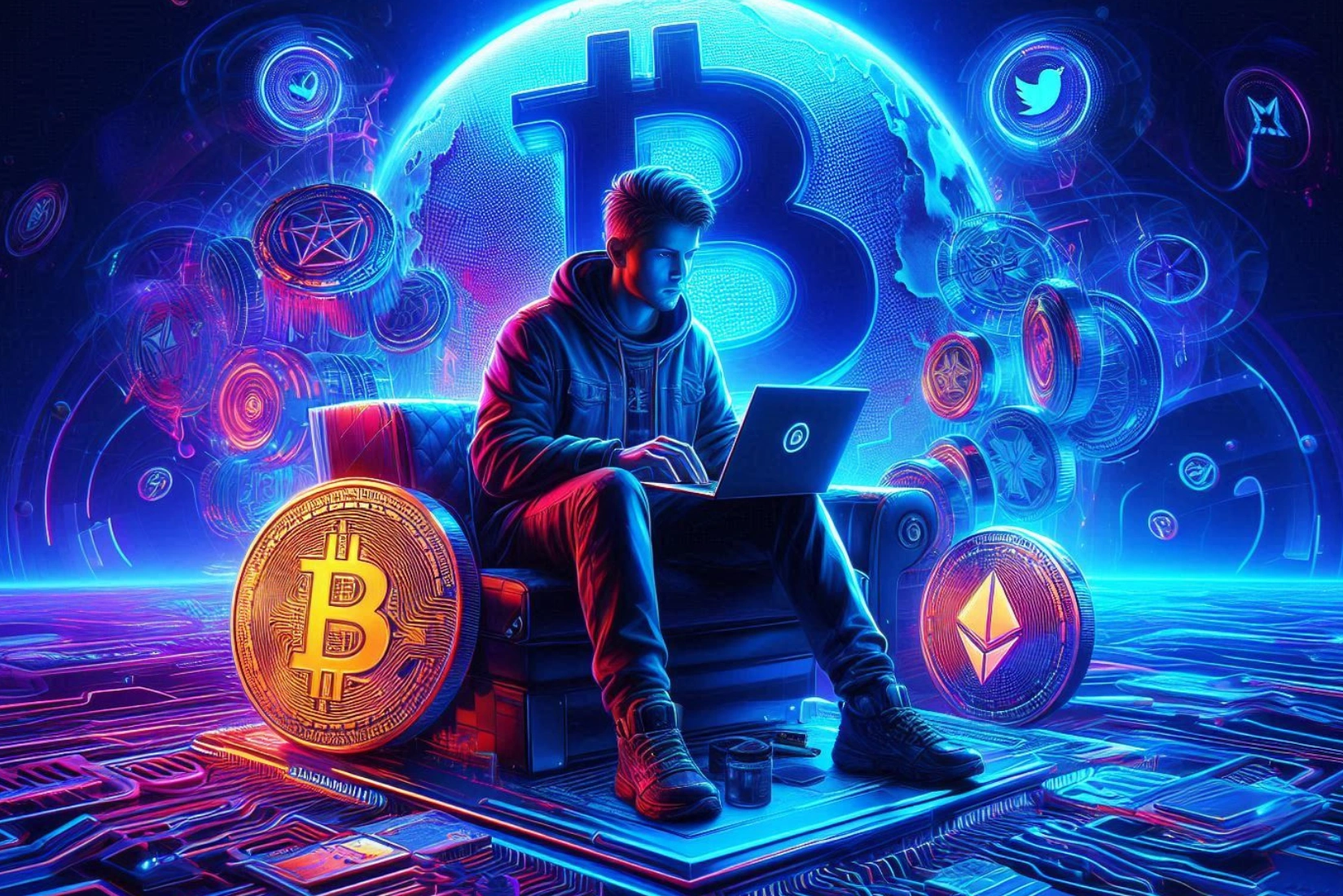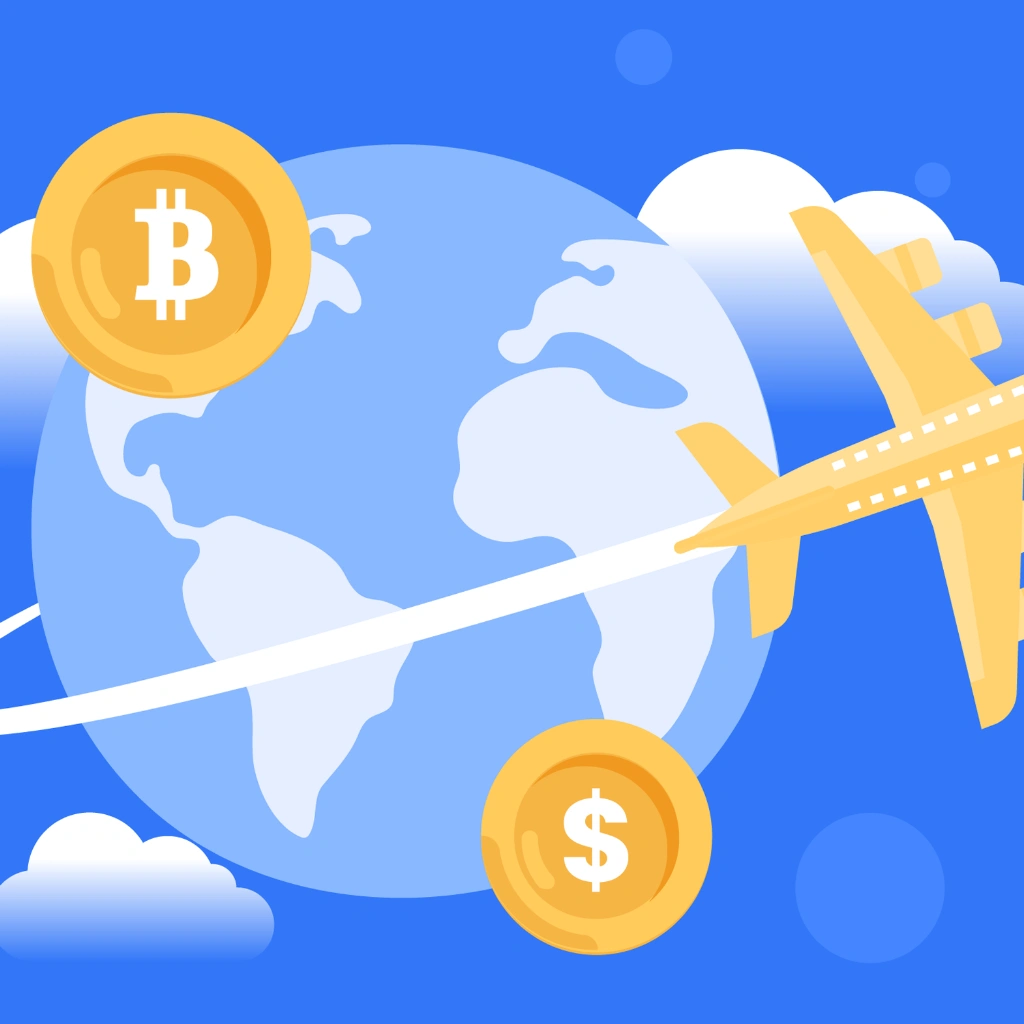When Adam first started trading crypto, he didn’t think much about wallets—let alone a decentralized wallet. Like many beginners, he signed up on a major exchange, bought some Ethereum, and assumed everything was fine. But then… something happened.
“I logged in one morning and my account was frozen,” he recalls. “No warning, no explanation—just locked out.”
At first, he thought it was a glitch. Turns out, the platform was undergoing a regional compliance review. His account was caught in the middle, with no ETA for release. Just like that, his funds were untouchable.
Discovering the Power of a Decentralized Wallet


Frustrated and stuck, Adam started reading. He stumbled across a thread about decentralized wallets—and that’s when things clicked.
A decentralized wallet, he learned, is a tool that lets users store, send, and receive cryptocurrency without a centralized authority. Unlike custodial wallets on exchanges (where the platform holds your private keys), decentralized wallets give you full control over your assets.
No third-party permissions. No frozen accounts. Just you, your keys, and the blockchain.
“That idea was powerful,” Adam says. “But also kind of terrifying. Because if you screw it up, it’s on you.”
What Makes a Wallet Truly Decentralized?


Adam’s research led him to understand the basics. Centralized wallets are like bank accounts—you get convenience, but you give up control. In contrast, decentralized wallets (like MetaMask or Trust Wallet) let users connect directly to the blockchain, bypassing intermediaries.
“You hold the private keys. You approve the transactions. No one can step in and stop anything,” Adam explains. “It’s all on you… which is good and bad.”
There’s no “forgot password” link if you lose access. No customer service to save you. It’s freedom with a healthy dose of responsibility.
Why Adam Made the Switch


After getting a crash course in wallet types—software, hardware, and even paper wallets—Adam finally set up a decentralized wallet. He started small. Transferred just enough ETH to play around. It felt strange at first, like leaving the comfort of a bank for the wild unknown.
But the more he used it, the more he appreciated it.
“No KYC. No delays. I could interact with DeFi apps, stake tokens, move stuff around… all without anyone else involved,” he says. “It felt real.”
What sold him was the sense of ownership. With a decentralized wallet, Adam had full visibility and control—something he never quite felt on a centralized platform.
The Wallet Showdown: Centralized vs. Decentralized

For Adam, the difference was like renting versus owning. A centralized wallet was convenient but conditional. A decentralized wallet? It was his—unfiltered, ungoverned, and, yes, slightly intimidating.
He still uses exchanges to trade quickly. But for holding? That’s all decentralized now.
And he’s not alone. Across the crypto world, more users are shifting to decentralized wallets for security, privacy, and independence. Some embrace it fully. Others keep one foot in both camps. There’s no one “right” way—but understanding the options matters.
Final Thoughts: A Lesson in Ownership
These days, Adam tells every new crypto user the same thing: Learn how a decentralized wallet works—before you need to.
The experience left a mark. It turned what was once a buzzword into a cornerstone of how he manages his digital assets.
A decentralized wallet isn’t perfect. It can be clunky, confusing, and unforgiving. But it’s also empowering. For Adam, that moment of losing access was the push he needed to take control. And in hindsight, he says, “I wish I’d started sooner.”
Relevant News: HERE




